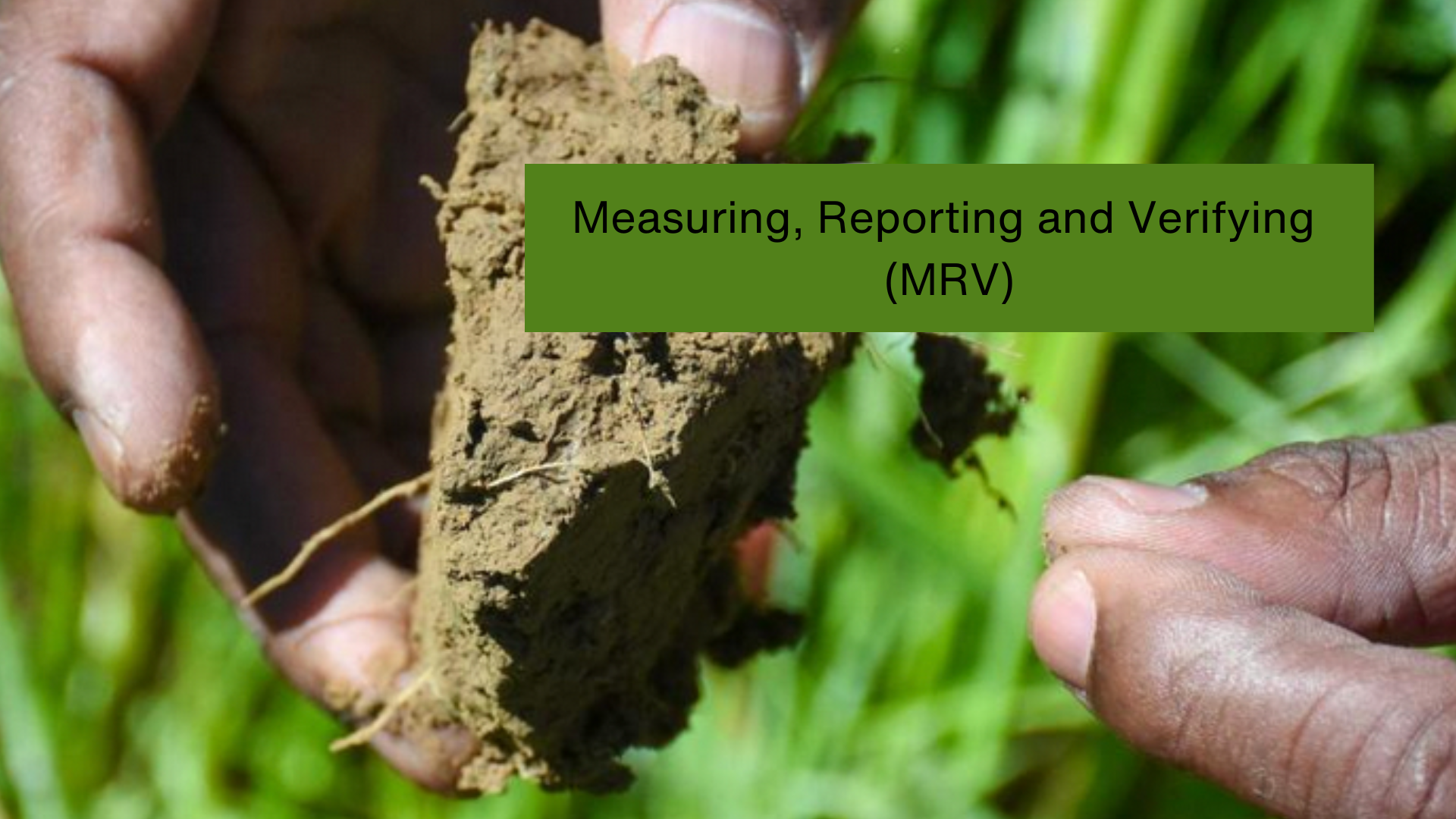Introduction to MRV Climate Solutions enabled by Blockchain, like Ethereum
Effective measurement, reporting and verification (MRV) of emissions and emissions reductions is critical to all carbon reduction projects.
This kind of reporting is central to the implementation of each countries Nationally Determined Contributions (NDCs) submitted in international climate treaties, which describe each countries' goals and commitments as well as their progress.
Blockchain Technology Provides a useful open source and "interoperable" database structure that could potentially address some of the biggest problems related to siloed data, and trustable verification as well as reducing costs in meaningful ways.
One of the biggest costs in certifying emissions reduction and carbon offset projects is the human labor and time required as well as proprietary and closed data sources. With the use of on-site equipment as well as shared satellite data these costs can be dramatically reduced. Standardization and open protocols could build international trust with all countries using the same open data structure. Ideally these costs savings, especially as it relates to smaller scale voluntary offsets, could result in more funding going directly to the people on the ground reducing emissions by changing their agricultural and land stewardship practices.
This technology can also be very helpful for removing the middle men in other ways such as deploying fair and efficient crop insurance or effectively monitoring a variety of agricultural initiatives and directly compensating farmers based on observable activity.
As is the case with many blockchain enabled use cases there are of course other ways of doing the same things but they generally rely on trusted third parties or centralized authorities, if not a hodge podge of different proprietary software that is not interoperable. Using one decentralized database structure arguably has some advantages over the status quo. But of course switching costs can be difficult to overcome especially at a global scale.

A number of protocols are building smart contracts that use satellite data to automatically dispense rewards to people who successfully regenerate bodies of land by increasing tree cover, improving soil, and more. Payouts happen when oracles pull data from satellite images and other data gathering sources to trigger smart contracts built on a blockchain, guaranteeing that people on the ground earn rewards fairly and transparently.
These automated MRV systems eliminate the need for expensive third-party verification, reducing costs and increasing the speed of payment to those implementing climate solutions on the ground. The transparency of blockchain-based systems also helps build trust among stakeholders and enables real-time monitoring of progress toward climate goals.
By combining satellite imagery, IoT sensors, and blockchain technology, MRV systems can create comprehensive, verifiable records of environmental impact that are accessible to all stakeholders while maintaining data integrity and preventing fraud.
📢 Case Study: In Kenya, Shamba Protocol is an agricultural initiative leveraging blockchain technology to provide farmers with access to information, resources, market opportunities and crop insurance aiming to enhance productivity and profitability in rural farming communities...
This demonstrates how MRV systems can directly benefit small-scale farmers by providing transparent, automated verification of sustainable farming practices and enabling fair compensation for environmental stewardship.
Featured Projects

Remote Co-Learning Events
A series of multi-disciplinary forums for different climate change solutions initiatives:
Supply Chain Optimization, Monitoring and Reporting Verification, Carbon Accounting, Renewable Energy Financing and Local Energy Grids, and more.